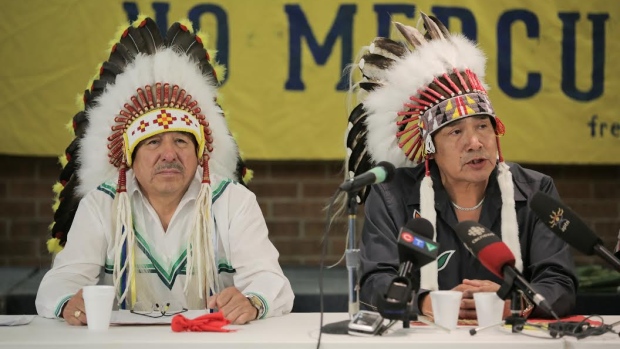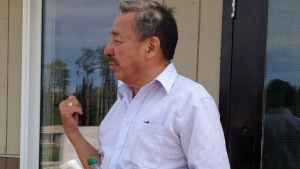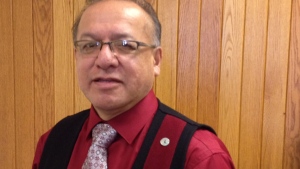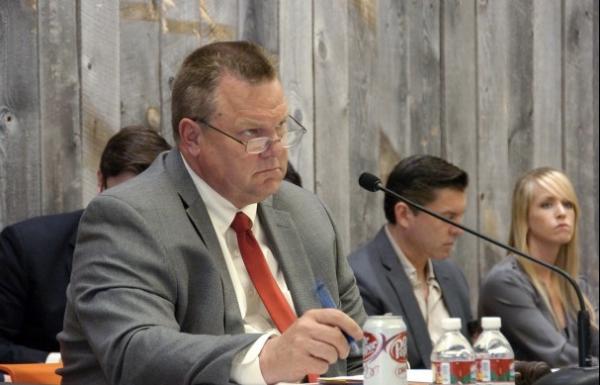By Eric Stevick, The Herald
TULALIP — A burglary at his home earlier this month has strengthened a state lawmaker’s resolve to let police more quickly track cellphone signals to catch crooks and look for people whose lives might be in danger.
Sen. John McCoy got a firsthand demonstration of how the power of pinging cellphone towers can combat crime.
On July 13, someone broke into his Tulalip home. Early that morning, the burglar stole keys, McCoy’s iPhone, and a rental car parked in the garage.
The couple was home at the time, but didn’t hear the intruder.
McCoy called Tulalip police. When an officer arrived, McCoy used an iPad to electronically track the whereabouts of the missing phone. He relayed to a Tulalip police officer the phone’s movements as it traveled from Snohomish to Everett. The Tulalip officer, in turn, contacted police from other agencies.
State law prevented the officers from pinging the phone on their own and without a warrant, McCoy said.
“I kept them updated because they couldn’t do it” without jeopardizing the investigation, McCoy said.
The suspect, 35, was stopped and arrested in north Everett within three hours of the break-in. Based on information relayed from cellphone towers, it appeared the burglar took an illegal U-turn on U.S. 2, drove to Snohomish and Everett and stopped at 23rd Street and Broadway for a spell.
Ultimately, an Everett patrol officer pulled the car over in the 3800 block of Rucker Avenue. The suspect has previous felony convictions for theft, identity theft, forgery and possessing stolen property. His lengthy misdemeanor history includes three drug offenses.
“It was, ‘Hey, we caught the bad guy. Good. And technology was used to do it,’” McCoy said.
Three months earlier, McCoy’s wife had a cellphone stolen, snatched right from her hands. Police were able to catch up with the suspect that same day after the family used pinging technology to track the missing phone.
McCoy hopes to use his recent experiences to gather more support for legislation that would require wireless companies to provide call location information to police in cases of emergencies involving risk of death or physical harm.
That was the gist of House Bill 1897 during the last session. It didn’t become law.
It is another wrinkle in the ever-evolving debate on how to investigate crime and protect civil liberties in the digital age.
McCoy followed the story of a Kansas family whose daughter was killed in 2007 after she was kidnapped in a department store parking lot. Kelsey Smith, 18, had been in possession of a cellphone that could have revealed her location. It took three days before the telecommunications company provided that information to police.
Laws inspired by the Kelsey Smith case have been passed in more than a dozen states.
Privacy advocates have mounted some opposition.
In Washington state, the American Civil Liberties Union remained neutral on McCoy’s legislation.
“We understand there are valid reasons in an emergency,” said Doug Klunder, an ACLU attorney specializing in privacy cases. “Just as in any emergency situation, cops don’t need to get warrants. Because of that we did not take a position on the bill.”
Washington’s state constitution has strong privacy protections.
A staff analysis of the bill during the last session found: “Although some federal court decisions have held that the government does not need a warrant under the Fourth Amendment to obtain cell phone location data, the analysis under the state Constitution may be different.”
As it stands, prosecutors across Washington advise police to obtain search warrants before seeking cell phone location data from service carriers, the analysis found.
Klunder said it is important to define what is and isn’t an emergency so police don’t overstep their authority.
“In non-emergency situations we do believe a warrant is required and almost certainly a warrant is required by our state constitution,” Klunder said. “…If it’s just the police on a hunch that’s problematic.”













